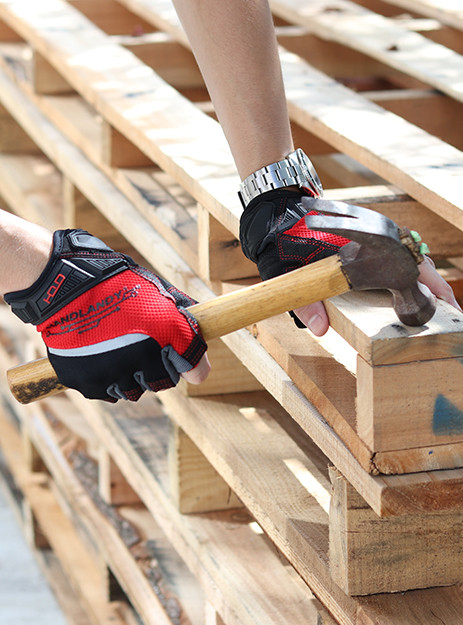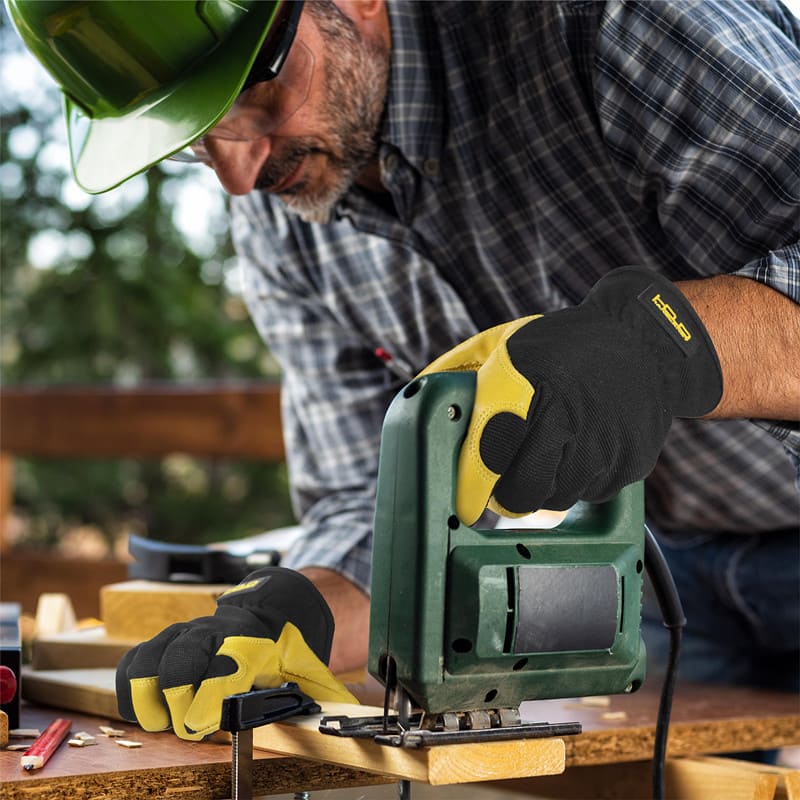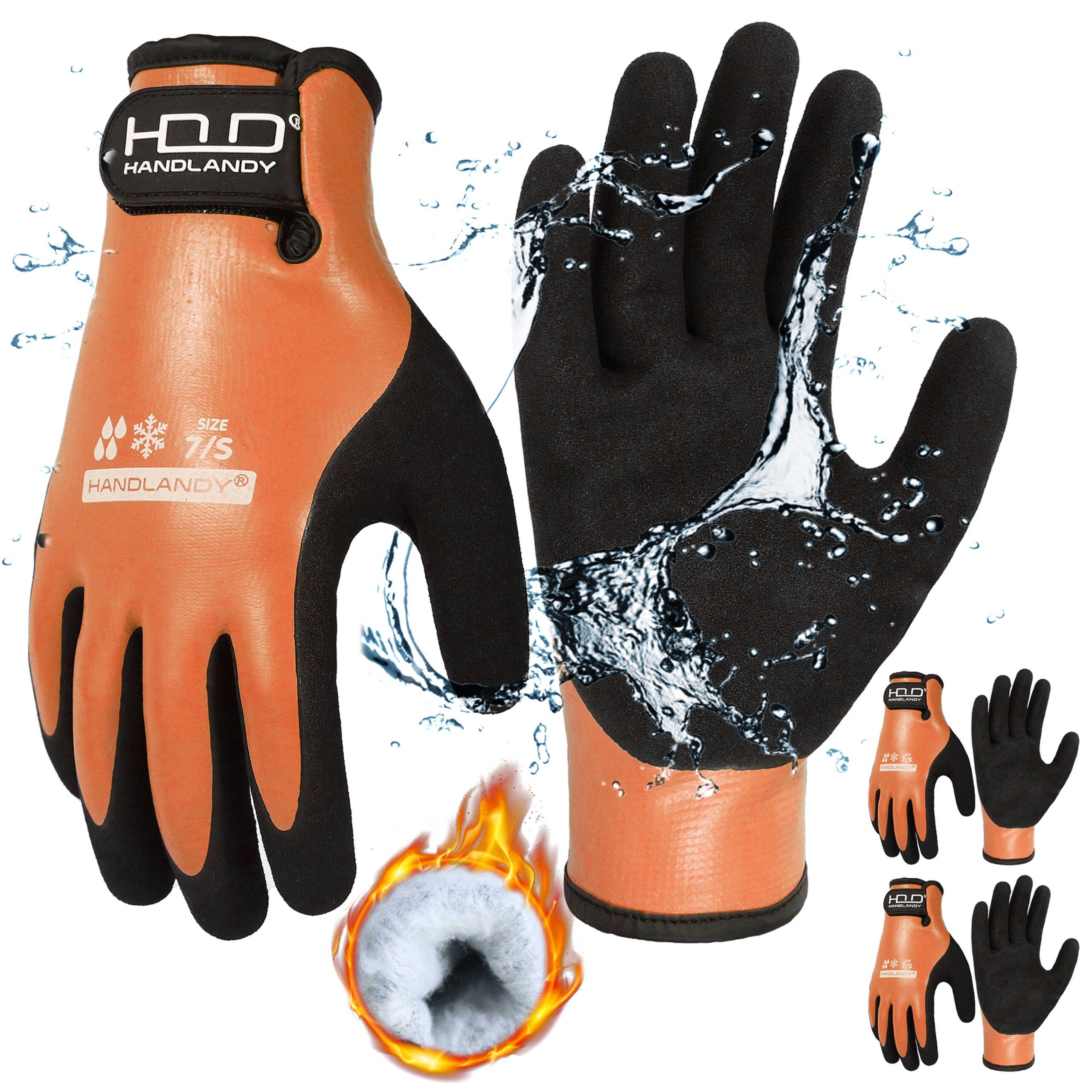The best gloves for woodworking offer cut resistance, grip, dexterity, and comfort to protect your hands while allowing precise control over tools and materials. Depending on the task, woodworkers can choose between cut-resistant gloves, nitrile-coated gloves, leather work gloves, and impact-resistant gloves.
Why Do Woodworkers Need Gloves?
Woodworking involves sharp tools, rough materials, and potential impact hazards. The right gloves help prevent:
- Cuts and lacerations from saws, chisels, and sharp edges.
- Splinters and abrasions from raw wood and sanding.
- Impact injuries from handling heavy tools.
- Fatigue from long hours of gripping tools and materials.

Key Features to Look for in Woodworking Gloves
To ensure safety and efficiency, woodworking gloves should have the following features:
- Cut Resistance – Protects against sharp tools (ANSI Cut Level A3-A5 recommended).
- Grip and Dexterity – Ensures firm handling of tools and wood pieces.
- Comfort and Fit – Prevents hand fatigue and improves precision.
- Impact Protection – Reduces risk of injury from hammering or handling rough materials.
- Breathability – Prevents sweat buildup for better comfort.

Types of Woodworking Gloves and Their Uses
| Glove Type | Best For | Key Features |
|---|---|---|
| Cut-Resistant Gloves | Using saws, chisels, and sharp tools | High cut protection, flexible fit |
| Nitrile-Coated Gloves | Handling wood pieces, assembling parts | Excellent grip, flexible, oil-resistant |
| Leather Work Gloves | Heavy-duty woodworking, sanding | Durable, abrasion-resistant, comfortable |
| Impact-Resistant Gloves | Using power tools, hammering | Padded palms, knuckle protection |
Top Woodworking Gloves Recommendations
- Mechanix Wear Cut-Resistant Gloves
- High ANSI cut protection
- Lightweight and flexible
- Good for handling power tools
- Ironclad Heavy-Duty Gloves
- Padded palms for impact resistance
- Great for working with rough wood
- Long-lasting durability
- Wells Lamont Leather Work Gloves
- Made from premium cowhide
- Ideal for sanding and general woodworking
- Strong grip with a comfortable fit
Safety Tips for Using Gloves in Woodworking
- Choose the right glove for the specific woodworking task.
- Avoid loose gloves when using high-speed power tools to prevent entanglement.
- Regularly inspect gloves for wear and tear.
- Keep hands dry for better grip and control.

Conclusion
The best gloves for woodworking depend on the specific task. Cut-resistant gloves protect against sharp tools, nitrile-coated gloves offer excellent grip, leather gloves provide durability, and impact-resistant gloves protect against heavy impacts. Choosing the right pair enhances safety and efficiency in woodworking.








